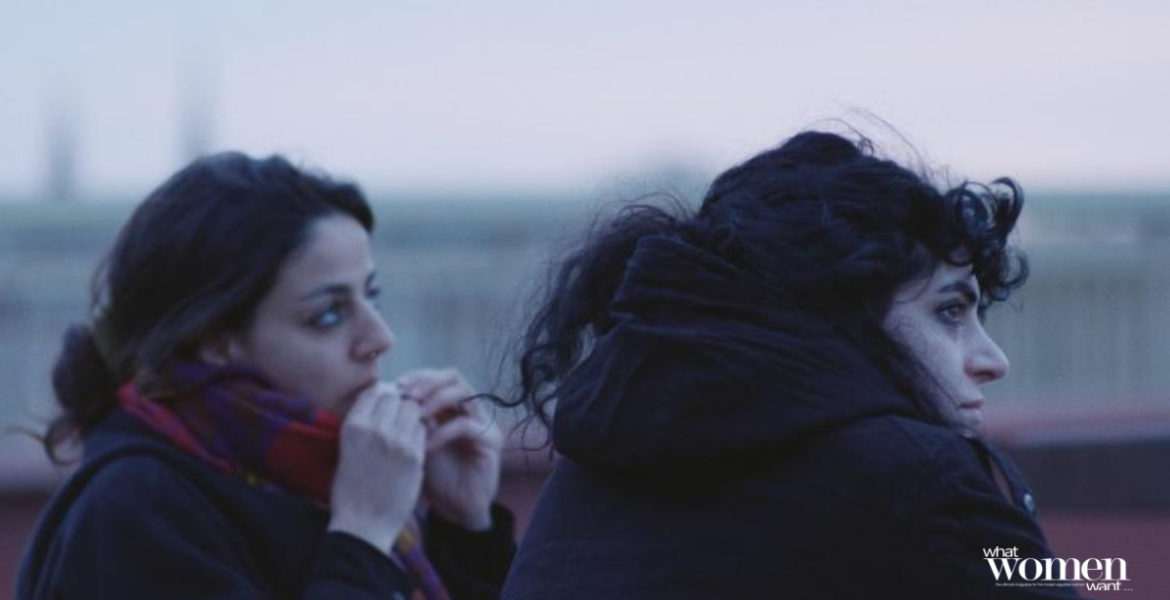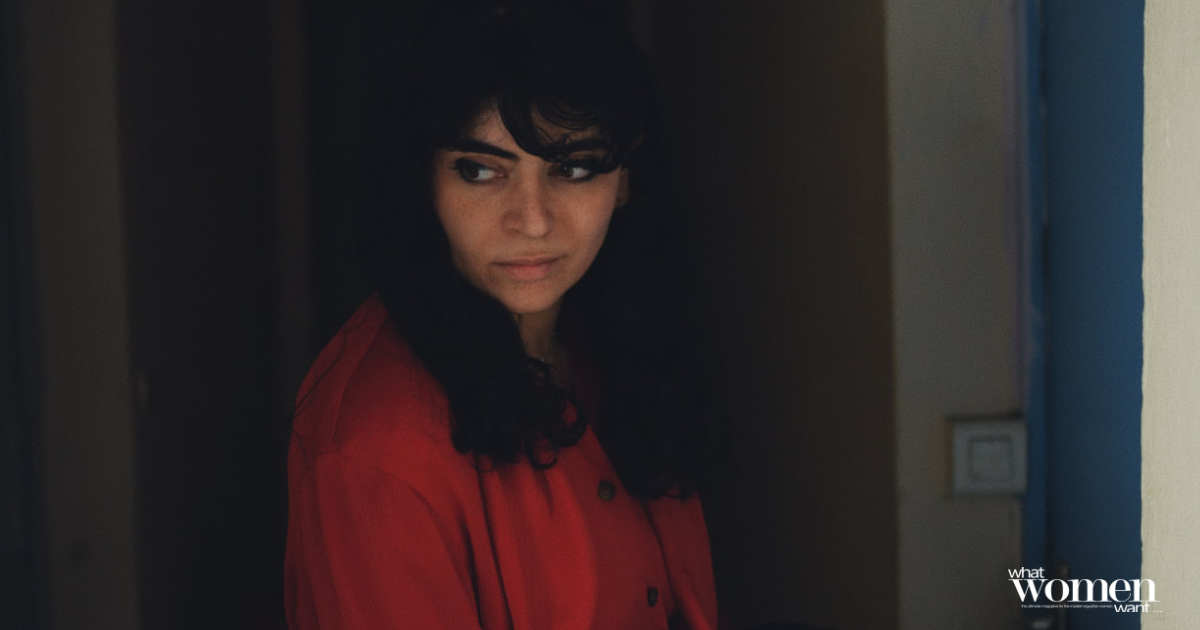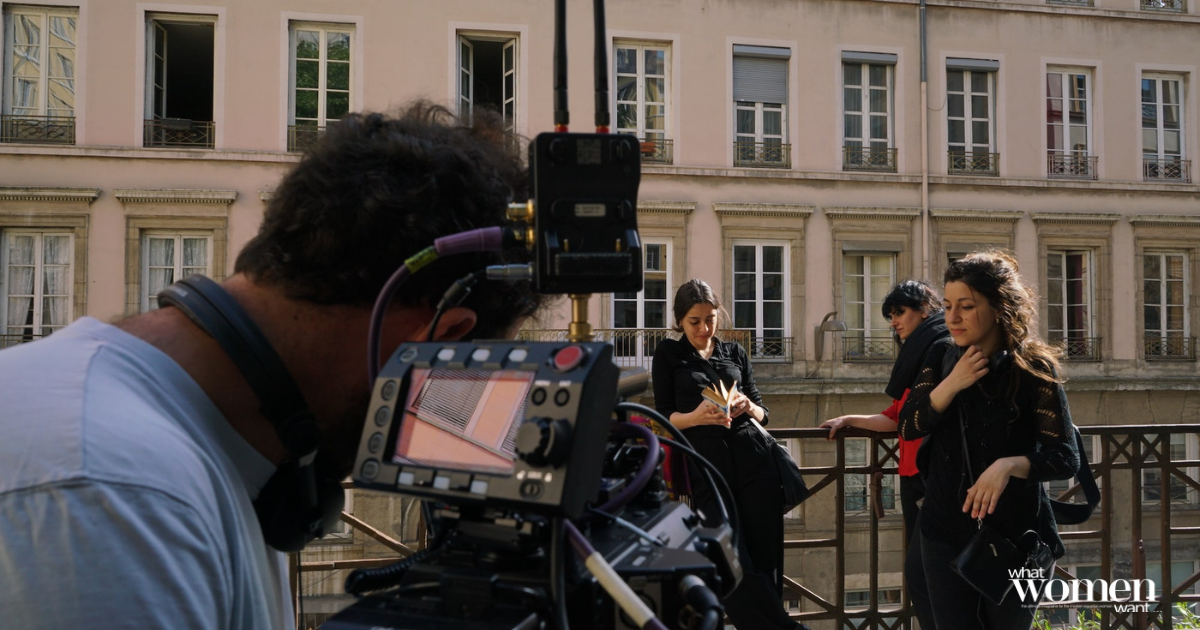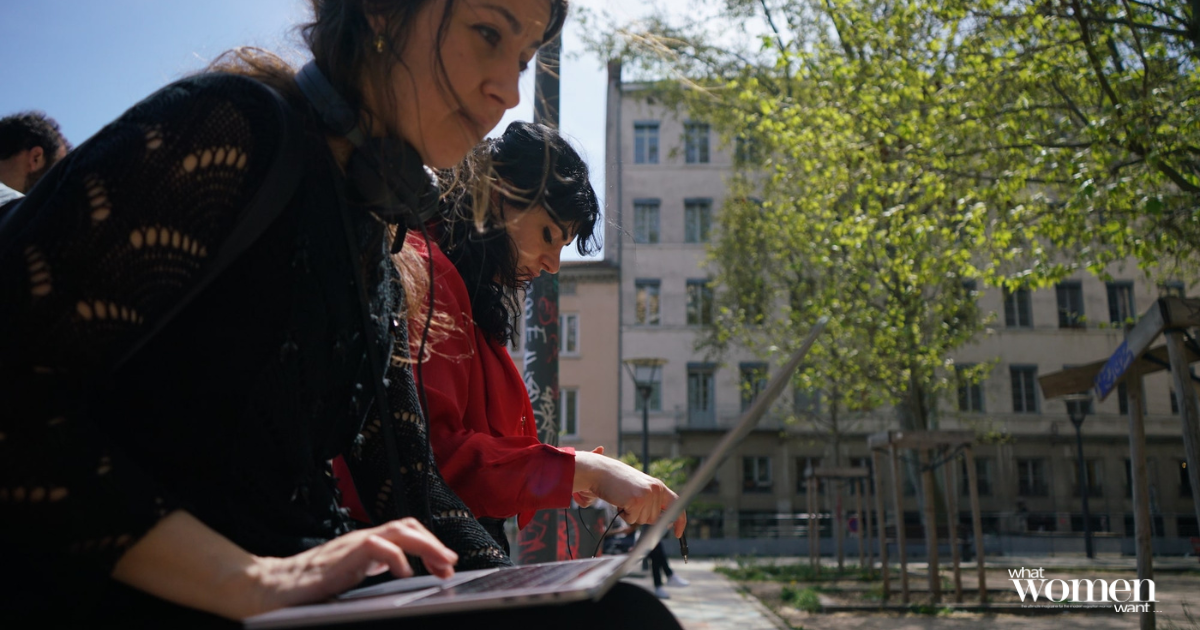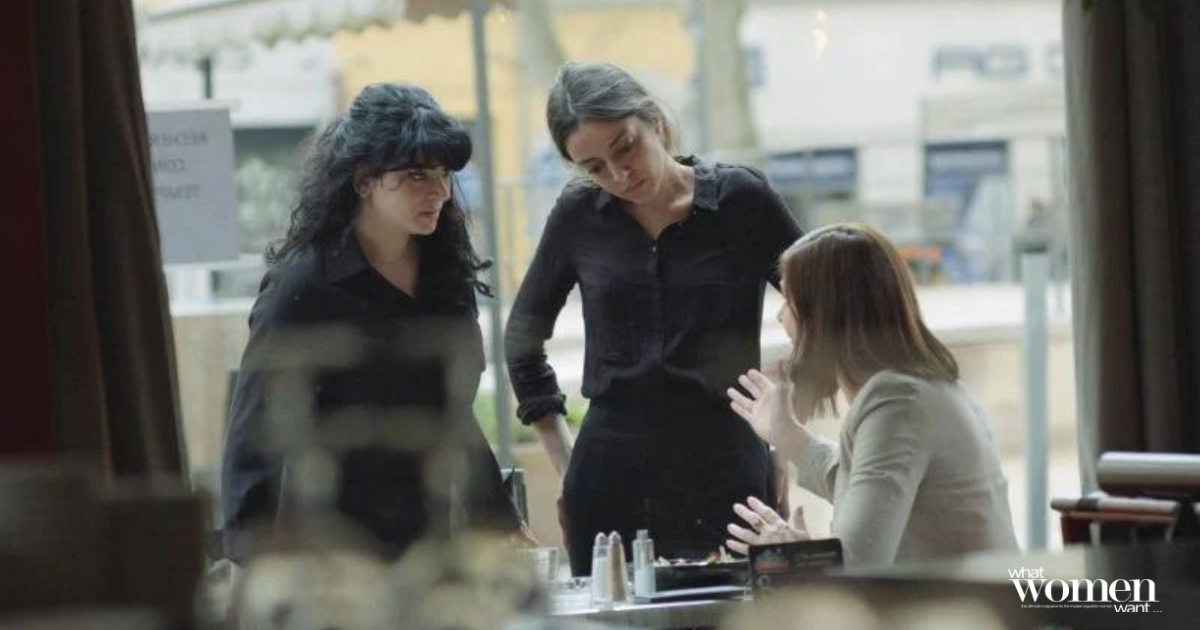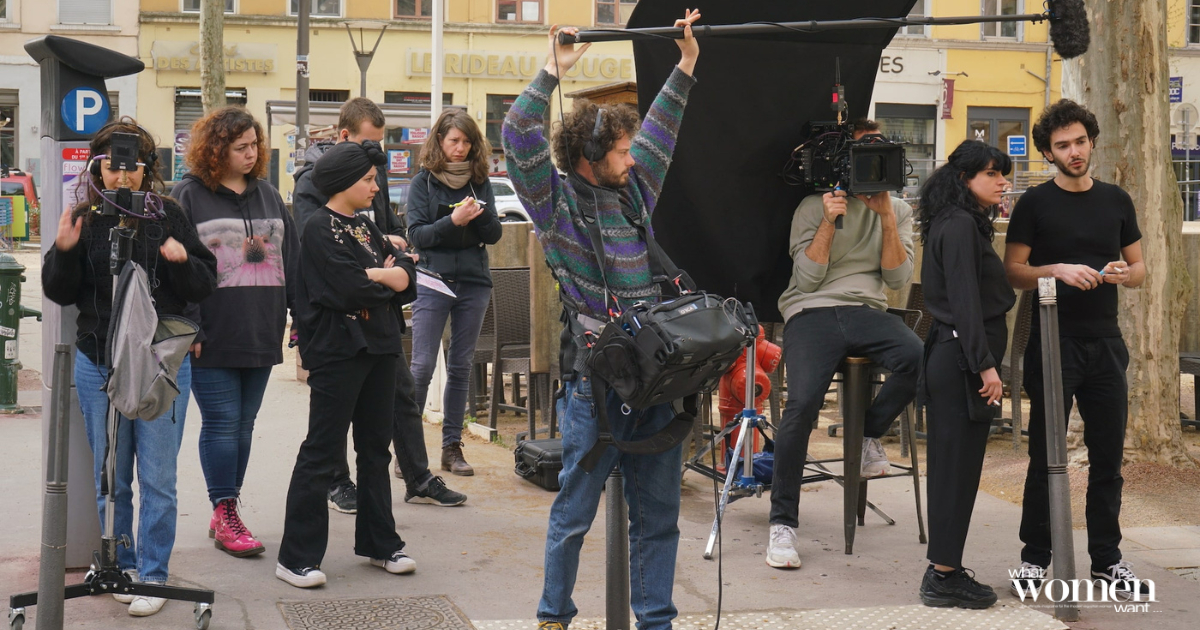In the realm of short films, “Les Chenilles” emerges as a masterpiece. It delicately weaves a narrative tapestry of human connection, generational trauma, and diaspora. Directed by Michelle Keserwany and Noel Keserwany, this cinematic gem will leave an indelible mark on viewers with its exploration of a profound yet often untold story.
The Plot & Story:
 Les Chenilles, translated to The Caterpillars, tells the story of Sarah and Asmaa, two women from the Levant. They meet while working in a French restaurant in Lyon. Each carry the weight of her life and the home she left in her country. Their relationship begins with mistrust, apprehension, and caution. They gradually discover a common thread that binds them. One that dates back to when the Silk Road connected Leon to their home countries. In the midst of forced migrations, can they move past their animosity to find solace in each other?
Les Chenilles, translated to The Caterpillars, tells the story of Sarah and Asmaa, two women from the Levant. They meet while working in a French restaurant in Lyon. Each carry the weight of her life and the home she left in her country. Their relationship begins with mistrust, apprehension, and caution. They gradually discover a common thread that binds them. One that dates back to when the Silk Road connected Leon to their home countries. In the midst of forced migrations, can they move past their animosity to find solace in each other?
In the film, the Keserwany sisters relate the complicated history of silk making in the Levant region with the current issues of the descendant of youth and maturity, especially of women who were forced to leave their country and their families and try to integrate into a new country and build a life from scratch while struggling between two different places.
Delving into the Characters:
The character Sarah, played by Noel, has just moved to France and is trying to integrate into her new community. But, she is attached to her home country, Lebanon. Her life was suddenly disturbed. She is experiencing heaps of anxiety that are consistent with the post-traumatic stress disorder that many young people from the region struggle with. Noel said, “The character of Sara and I had a lot of common things that I was passing through then. We started the film when Michell and I first arrived in France. It was the same as Sara in the film.” She added, “I also want to explore how to tell the story a bit more through another form of art.”
As for the character of Asma, played by Masa Zaher, she is from Syria and has been in France for five years. Asma integrated well into French society and created a protective shield for herself during that period. Michelle explained the writing process of Zaher’s character, “I actually fell on Masa on Instagram. And I was like why not talk to her? And instead of coming to her with a story that is written. I was like why not talk to her, what is she feeling, what she wants to express.”
Sara’s mental state reminds Asma of her beginnings when she arrived in Europe. This created a bond between them, but due to their own frustration and personal struggles, tension arose. Through their relationship, we retell the forgotten stories of women’s work over time, and the cumulative impact of this burdened past on our present as young women trying to work and live outside our country. The two girls carry deep fears and loneliness within them, which can only be consoled by meeting people who have gone through the same experience. Michelle highlighted, “It is very important when you feel that historical archives speak to you today because there is something connected.”
Directing The Film:
“Les Chenilles” connects a forgotten past with an unexpected present through the lenses of gender roles, work, and forced immigration. The film tells many conflicting emotions that come with forced migration. Through images, both moving and still, the filmmakers depict what cannot be described in words. Michelle described her directorial debut, “A very big part of directing this film was very instinctive.” She explained working with Noel, “Working together made the process easier. And now we are in love with storytelling through film, and I do not think we can stop anymore.”
The film’s visuals are very unique. They mix different styles and looks to create a masterpiece. Noel described, “We did not put ourselves in a one frame of ‘this is how we have to direct the whole film. We really felt like what exactly we are feeling, and how do we translate it”. She added, “Every scene has its sort of style of image that is different from the other scene.” Michelle added, “We did not want to limit ourselves to one way of doing cinema that is exactly like codified visuals. We treated the film as a whole of course, but we also gave each scene its own identify.”
More About the Filmmakers:
Michelle and Noel Keserwany are Lebanese directors, writers, and musicians. The sisters have been producing social and political satirical music videos, writing scripts, performing, directing, producing, and publishing them on social media since 2012. “Noel and I did not do film school. We started learning everything related to writing, filming, directing, and editing on the Internet”, said Michelle. She added, “We started doing our musical political songs, and over ten years of doing that on the internet. We wanted to take it one step further, and this is our first short film that we shot.”
“Les Chenilles” was written and directed by Michele and co-directed by Noel, who played one of the main roles in it. It won the Golden Bear Award for Best Short Film at the Berlin International Film Festival 2023. It became the first Arab film to win this award.
The Inspiration Behind the Film:
The Keserwany sisters gradually found themselves living in France. Their film “Les Chenilles” was inspired by an article by Fawwaz Traboulsi entitled “Un amour de soie”, published in L’Orient Express in 1996, which explores the relationship between the women of Mount Lebanon and foreign silk factories in the 19th century. They used to place silkworm cocoons between women’s breasts in order for them to grow. The idea of such a bodily violation for the sake of business was bewildering to the filmmakers. Also, the fact that equal level of exploitation was still occurring to their people struck inspiration.
The Production of the Film:
Les Chenilles is a collaborative production by Biennale de Lyon, Dewberries Film, and Marine Vaillant. Vaillant talked about the writing process of the film, “Michelle and Noel wanted to make a film for the art institution that would link France, Leon and Lebanon.” She further explained, “That’s where I went in, to support the production on the film side. So, I handled with them the line producing on set and of course doing all the process to register the film to make it a film.”
For Vaillant, the film was more than just a project, her own personal life made this a passion project for her. She reminisced about her career, “I had the chance to work between France and Lebanon for many years while I was living in Lebanon. And I think it gave me this chance to be like a bridge between the two”. The French producer added, “I think my aim is to try to find those common grounds and to take advantage of my experience both in France and Lebanon”
The production of the film had its ups and downs. The majority of the challenges they faced during the production were budget related. Vaillant said, “The challenge was that we had a small budget comparing to the ambition of the film.” But it was not all bad at all. She reminisced about her favorite moment, “I felt so blessed when we had the whole day at the Museum in Lyon. We felt so lucky to be surrounded by this history and art and for having it for ourselves. I think it was one of my favorite shooting days ever.”

